How Cumbria's food scene came to champion a field to fork ethos
Forget Kendal Mint Cake – Cumbrian cuisine is about much more, which has made it a top food destination. Emma Henderson takes a bite of the places putting the locally grown first

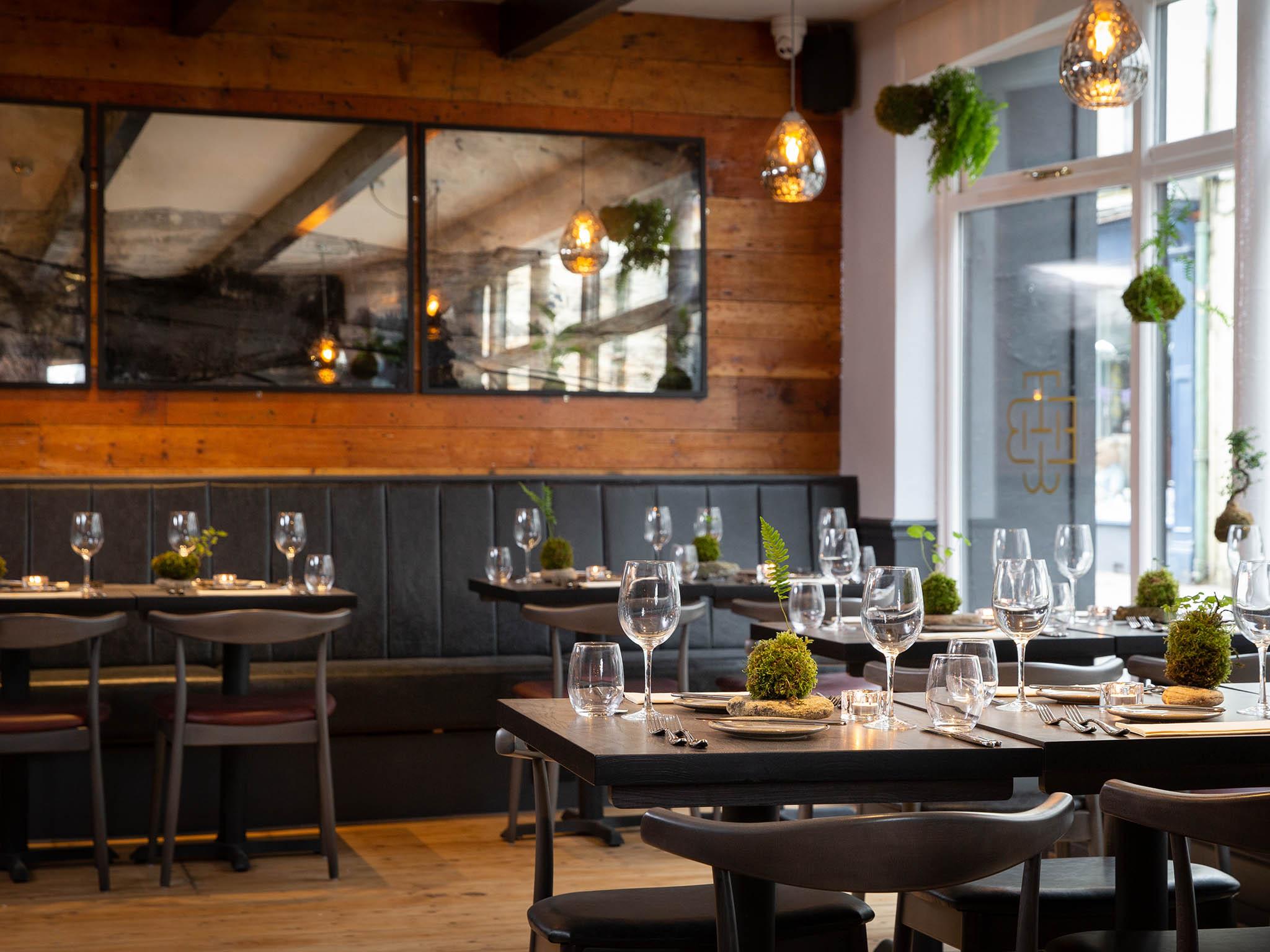
Your support helps us to tell the story
From reproductive rights to climate change to Big Tech, The Independent is on the ground when the story is developing. Whether it's investigating the financials of Elon Musk's pro-Trump PAC or producing our latest documentary, 'The A Word', which shines a light on the American women fighting for reproductive rights, we know how important it is to parse out the facts from the messaging.
At such a critical moment in US history, we need reporters on the ground. Your donation allows us to keep sending journalists to speak to both sides of the story.
The Independent is trusted by Americans across the entire political spectrum. And unlike many other quality news outlets, we choose not to lock Americans out of our reporting and analysis with paywalls. We believe quality journalism should be available to everyone, paid for by those who can afford it.
Your support makes all the difference.Think Cumbria: what springs to mind? Perhaps its recently awarded Unesco World Heritage status for its sheer beauty and national park. Perhaps Wordsworth, or Lake Windermere – or Kendal Mint Cake.
But what about Sedbergh? It’s known as the official book town of the Lake District, with its annual festival the first weekend in October.
Considering its tiny population of under 3,000 people, you’d be forgiven for not knowing the little market town, just 10 miles east of Kendal.
The reason I’m here is the newly renovated Black Bull Inn that sits at the foot of the Howgill Fells, on the edge of the Yorkshire Dales. It’s a 17th-century coaching inn, but had been closed since 2015 after bad flooding.
Now husband and wife Nina and James Ratcliffe have turned it into a modern gastropub focusing on locally sourced food, with 18 rooms. Although the rest of the town is largely dominated by cafes, pubs and eateries, here it’s a step up with a contemporary approach to the food and design-led interiors.
The pub still feels like a locals’ haunt, with a roaring fire and locally brewed ales on tap, but it’s the food that’s the star attraction now thanks to Nina and James, the chef and manager, respectively.
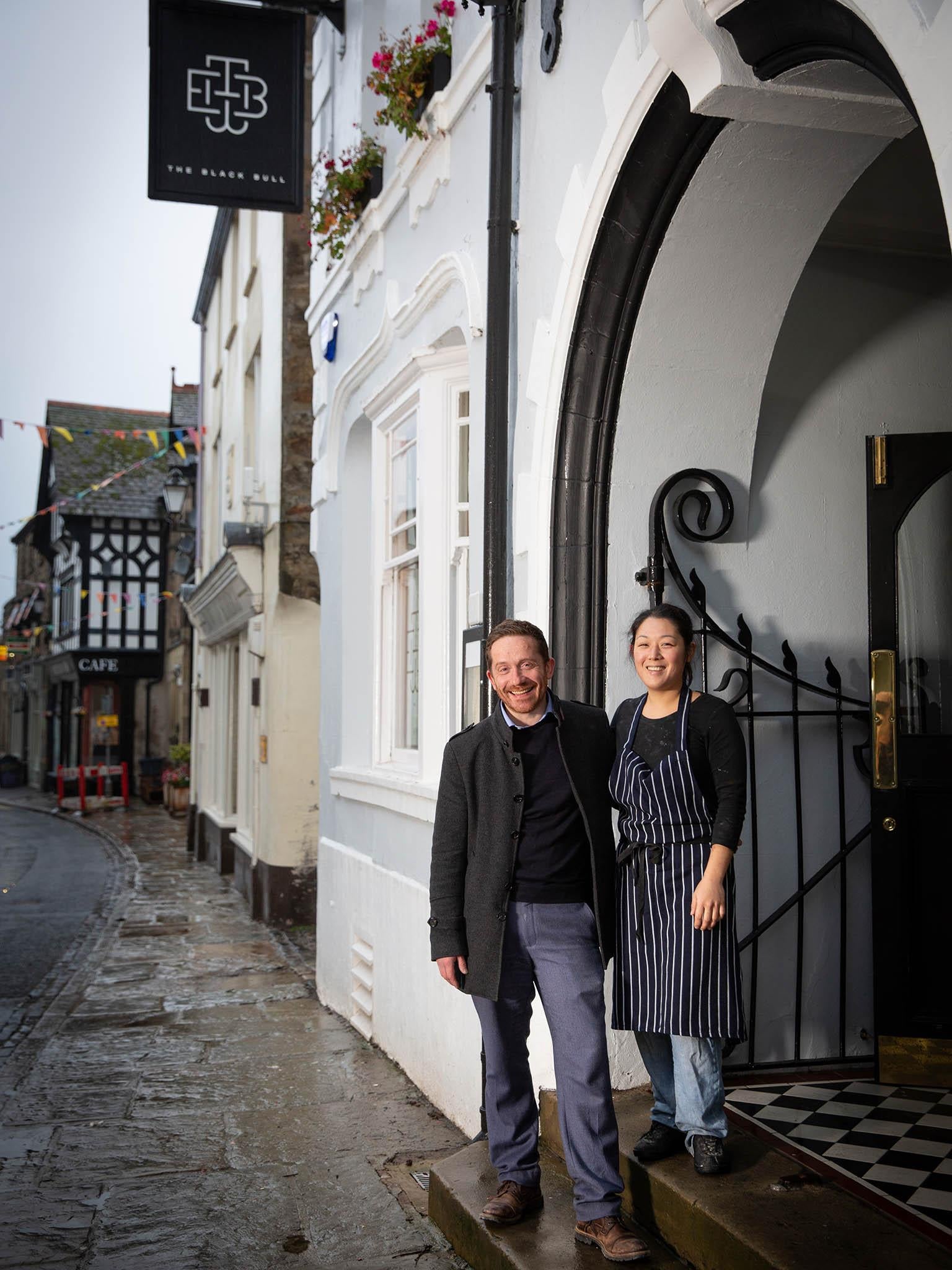
Everything they use in the kitchen is locally sourced and seasonal and they embrace the field-to-fork ethos. James visits nearby farms to source produce and meat, and they have a small kitchen garden and hen run outside.
But it doesn’t stop there, all the rooms use local fabrics like Herdwick wool and toiletries from the Sedbergh Soap Company.
The pair have moved across the road from their award winning cafe and bakery, Three Hares (which they still own and run). It specialises in artisanal German breads and brings together Nina’s Japanese and German heritage. It’s simple fare, but fantastic. Share the sandwich and soup deal for a light lunch: the chunky ham hock with mustard mayo sandwich is a must.
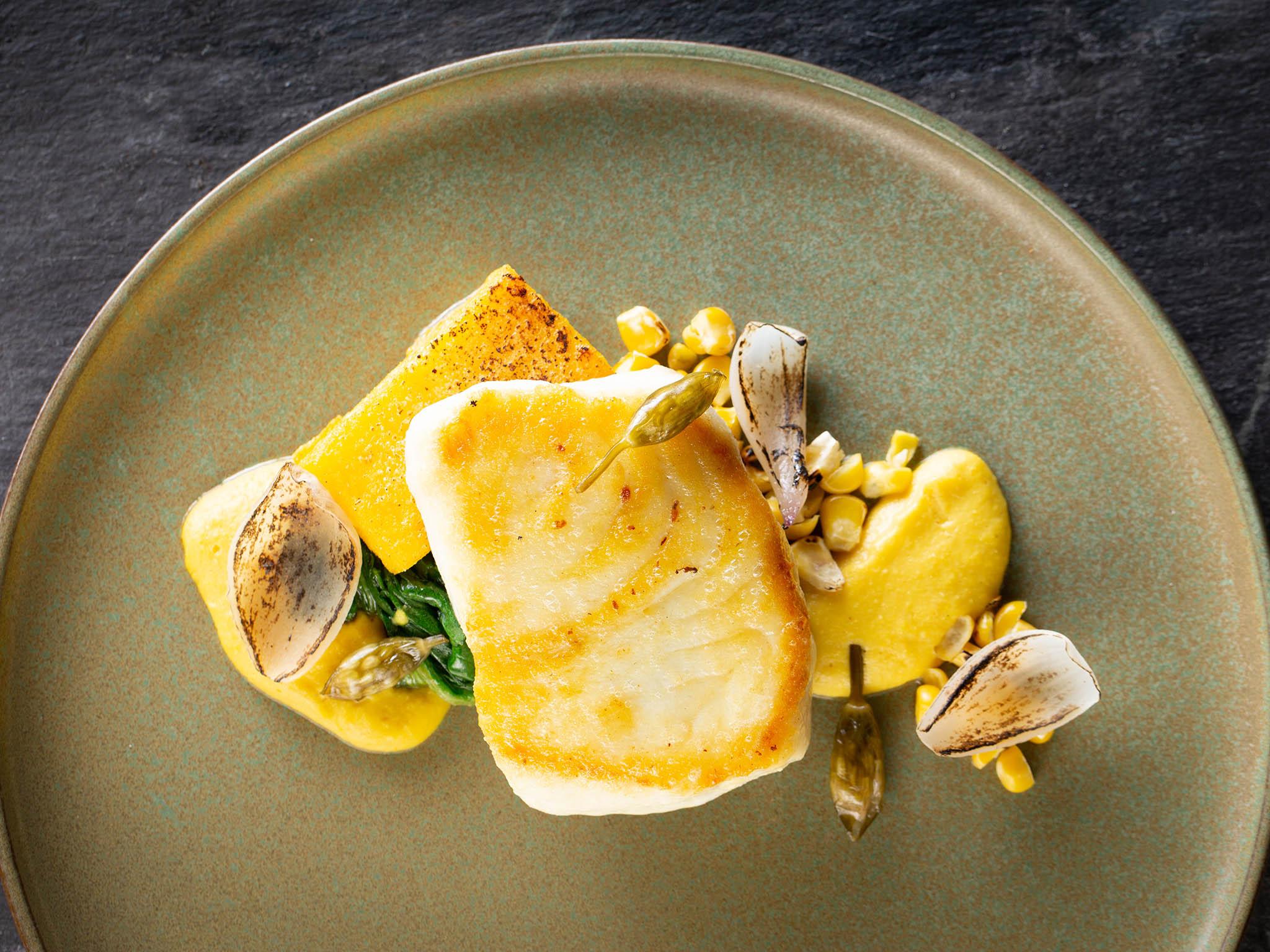
Back at The Black Bull, Nina has carried on her love of baking and gets up at 4am to do so, so we make sure to leave enough room after our full English breakfasts for a fresh baked scone, or two.
The area is perhaps best known as a haven for walkers, and after breakfast we head out to do just that. Although we’re not fully prepared. Well, not in the way many of the people here are: Berghaus head to toe and walking poles. James gives us a map of an easy walk. We make it about halfway up the fell before I moan that my ears are cold (painfully so). In my defence, it’s that horrible sideways misty rain and I have merely a jumper to wrap around my head. Egos slightly bruised after turning around, I’m already thinking about my next meal. I’ve earned it – sort of.
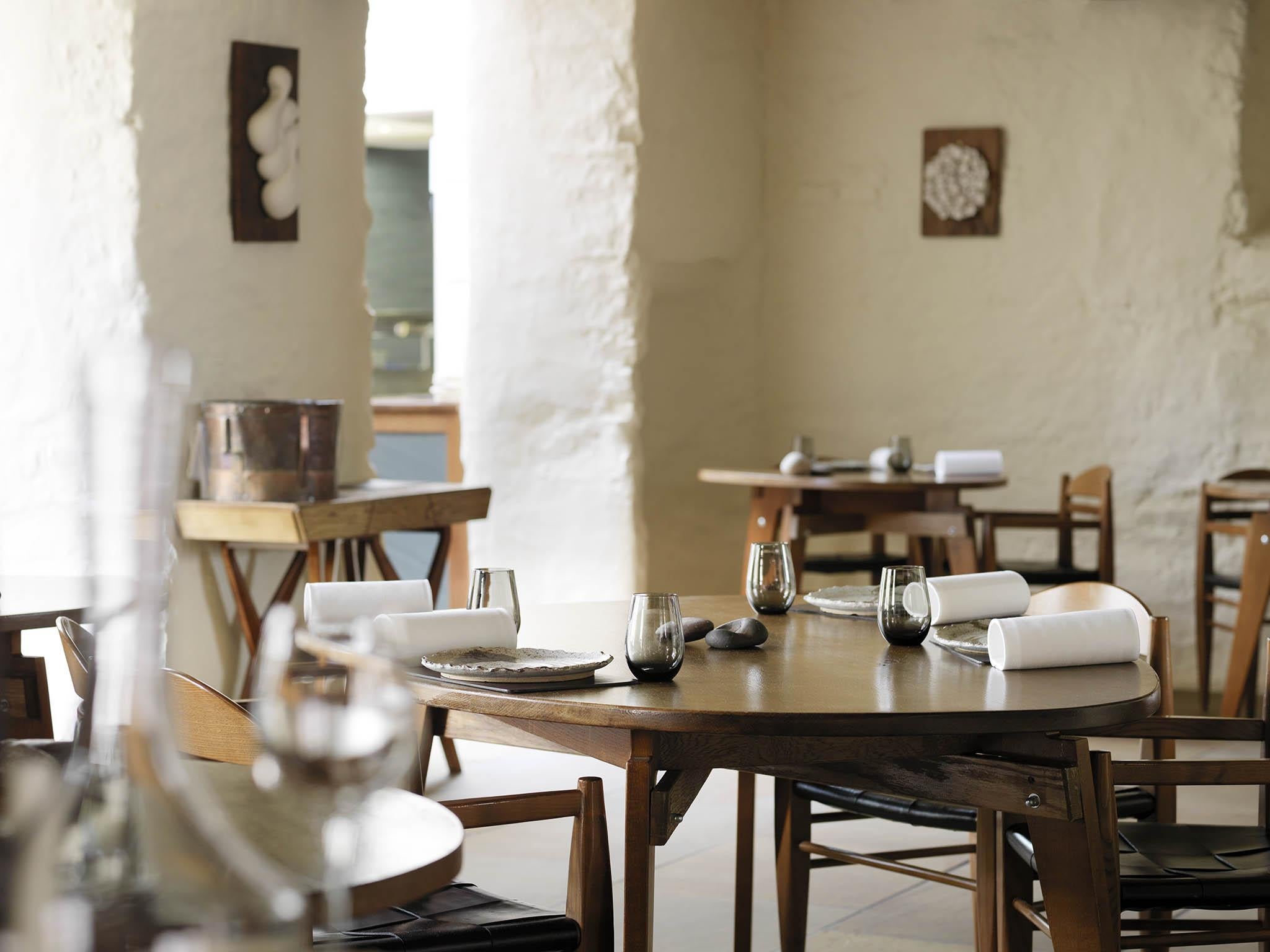
Tonight it’s dinner in the restaurant. With its wood-clad walls and dark wooden furniture, it’s softened with natural light from the large windows, hanging Japanese kokedama moss balls (that also sit on each table) and Rob Whitrow’s landscape photography of the surrounding area which adorns the walls.
The menu balances meat, vegetarian and fish dishes and brings subtle Asian influences to classically British food, like the preserved mackerel starter with seaweed and sesame. I start with perfectly pink pigeon breasts with nicely chewy pearl barley, salty celeriac and lightly crisped kale. It’s a rich and earthy mix of the best flavours of the moment, finished with plump blackberries for a touch of tart sweetness.
Expect mains like Herdwick lamb pie, wild mushroom (most likely foraged) and stout pudding, and Lakeland venison. I go for the glazed celeriac (again) with beetroot and Ewe’s curd for more of that seasonal salty goodness, and finish up with a cheese board.
Outside of Sedbergh and just 30 minutes drive to the west near Morecambe Bay is the village of Cartmel. You can’t go to this part of Cumbria and not go here. It’s been turned into a chocolate box-esque, food-themed park. But forget any preconceptions of gaudy sticks of rock and the like. This is quaint British countryside, and don’t you forget it.
Simon Rogan is the man behind the food takeover . He started his own farm nearby that now supplies his restaurant empire, including his first venture, the two-Michelin starred L’Enclume. It opened in 2002 when our increased passion for food sourcing was in its infancy, and because of this he’s often attributed with bringing locally sourced and foraged foods onto British menus.
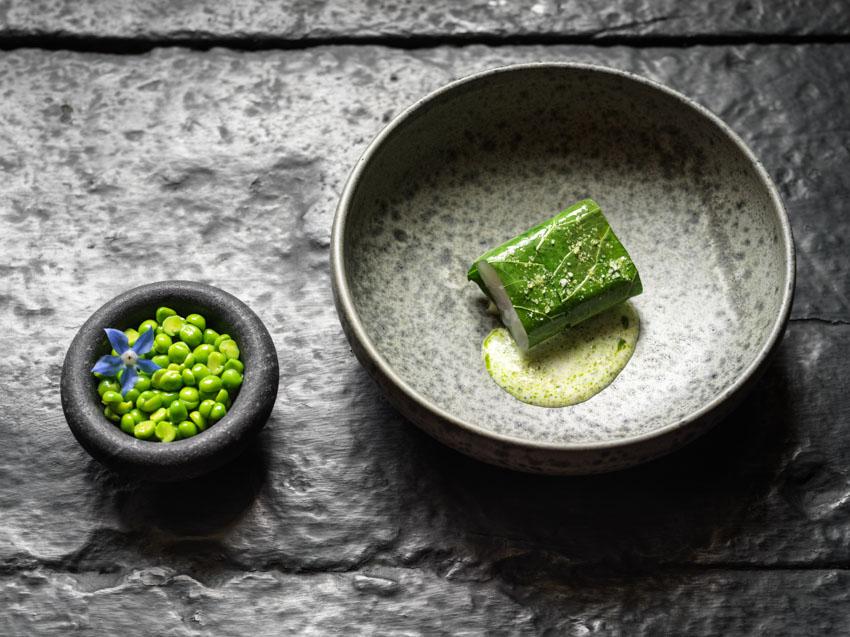
If you can’t book a table there go for Rogan & Co, its more casual sister restaurant in the village. (Rogan also released a cookbook of the same name in September.)
We end up walking past the entrance to L’Enclume. Considering its prestige – ranked second in the Good Food Guide 2019 after being first for years – the restaurant is denoted only by an unassuming door with a small metal emblem of an anvil above it – a nod to the building’s former life. Inside, it’s whitewashed original wonky walls, incredibly old beams and a slightly misfit glass extension at the back. The Scandi-inspired furniture is sans white cloths, and there’s also no music or wifi.
Everything used here is either from Simon’s farm or directly from local suppliers. If it can’t be grown locally or in the UK, they won’t serve it, explains our waiter.
There’s also no menu. Well, we can look at the one in an envelope on the table “if we want”. (Obviously, we do). There’s no à la carte option; instead it’s a mere 19 courses for (a rather eye-watering) £155.
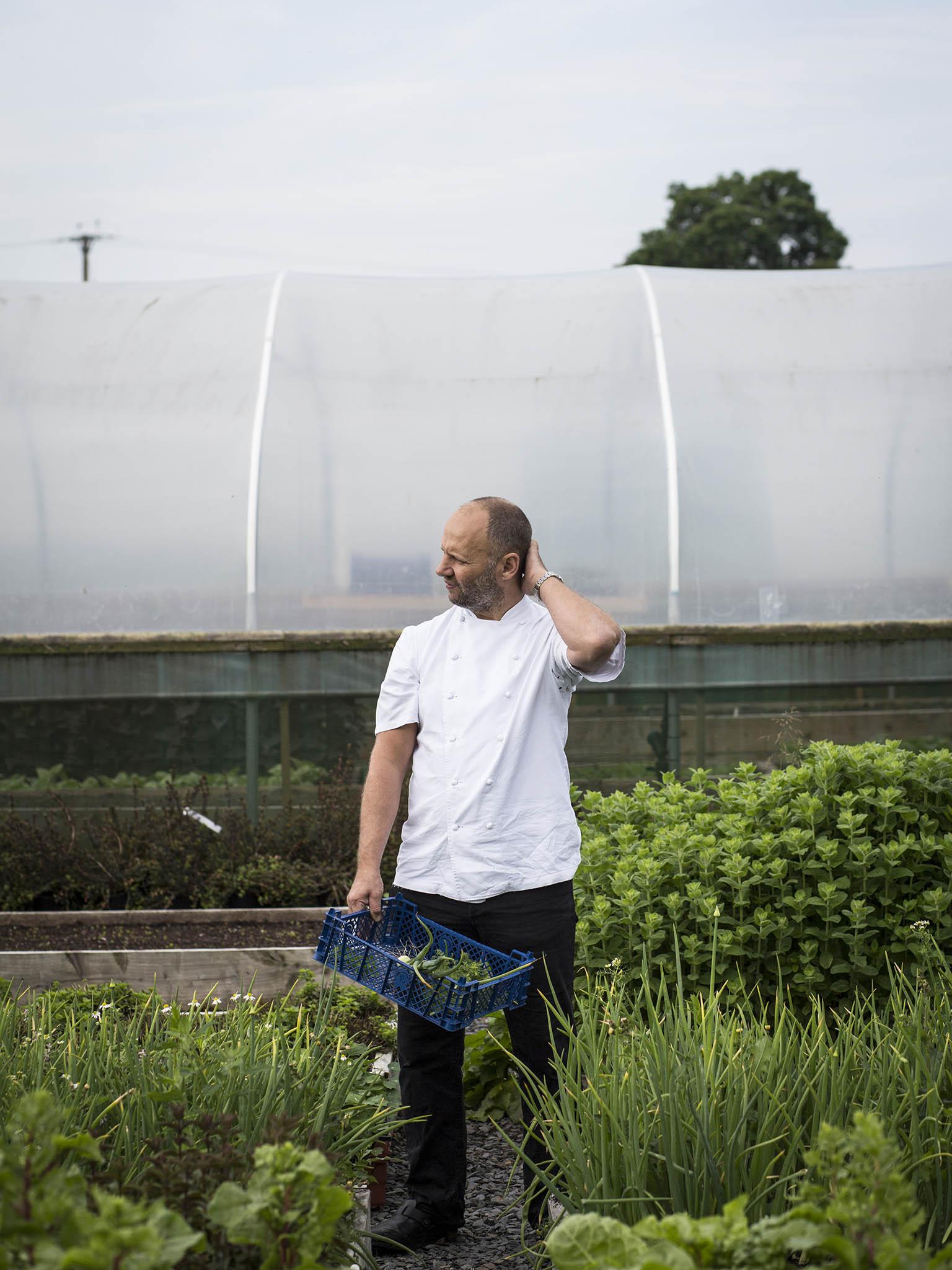
Each plate is small, delicate and well crafted. It’s real tweezer and foam territory; slick, mesmerising and constantly pushing boundaries when it comes to flavour partnerships.
Highlights include the bread with whipped ham fat and apples (part of your five a day, we’re assured) and a beef tartare served in what looks like a tiny mortar with a Scandi-style wooden spoon. The standout of many is the little piece of creamy steamed cod with a single Swiss chard leaf (drenched in butter) and light verbena sauce: so simple but a small piece of heaven that I try to make last forever. About five courses later, the cheese trolley comes. For any turophile, like me, it’s incredible.
The service is incredibly slick, with staff faultlessly gliding around the room unobtrusively, and useful, too: our waiter, who lives locally, writes down his favourite walk for us to try. I don’t have the heart to tell him about my failed attempts.
In the village, there’s a whole shop dedicated to branded merch (L’Enclume oven gloves, anyone?). Instead we go for the famed Cartmel sticky toffee pudding from the village shop (it’s now in supermarkets too), a handful of local brews from the local Unsworth Yard Brewery and a little wheel of one of the fantastic, if rather stinky, cheeses we had at dinner from Cartmel Cheeses.
We also lust over the pizzas cooked in proper pizza ovens (which are now closed until March). There’s no end to the food possibilities in this tiny area. Admittedly, I do actually buy some Kendal Mint Cake, for the childhood memories and all.
The county has more restaurants in the Good Food Guide than you can shake a stick at and there’s an awful lot of competition here which keeps the bar exceedingly high. Go for the walks, the scenery and the books; stay for the food. There’s plenty to get through.
Join our commenting forum
Join thought-provoking conversations, follow other Independent readers and see their replies
Comments